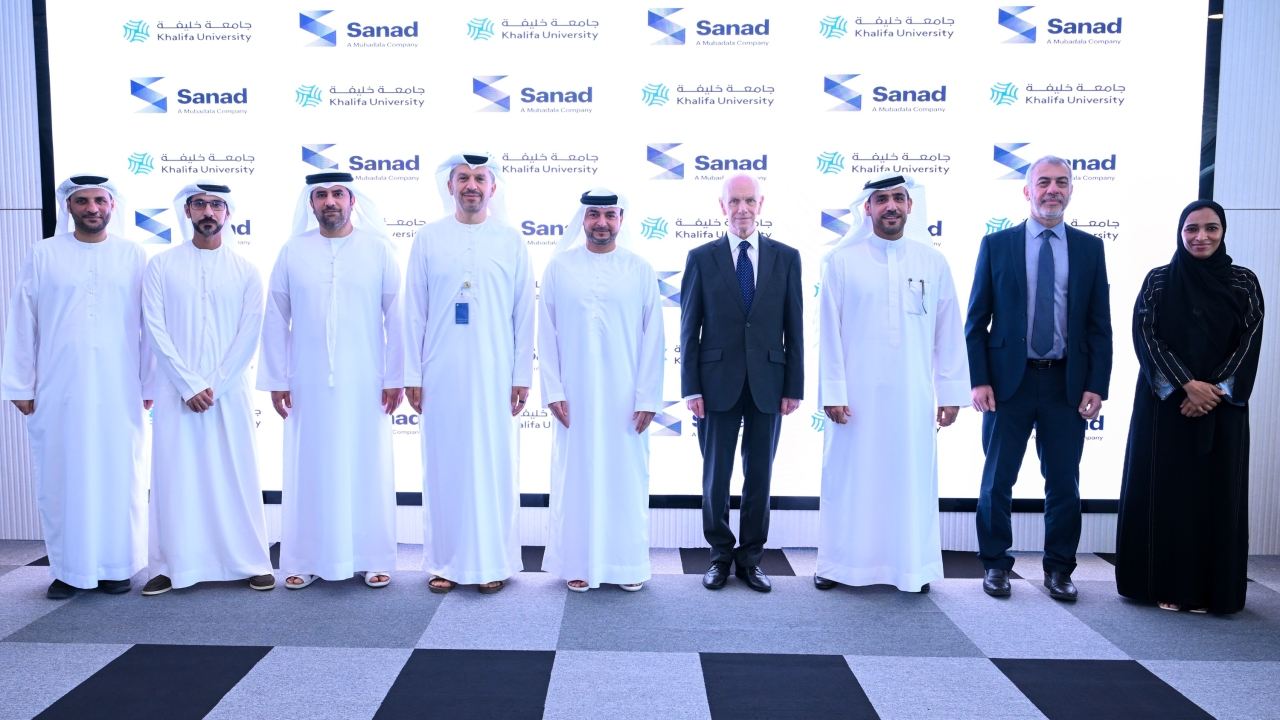The Evolving Aviators: It's Time for Global Militaries to Reconsider How They Produce Pilots
Thibaut Trancart, Managing Director – Middle East, CAE - argues If militaries around the world, including those in the Middle East, are serious about addressing pilot production, they must be willing to embrace innovation and emerging technologies to train their pilots faster, better and more efficiently.

ABOVE: Thibaut Trancart, Managing Director – Middle East (image CAE)
The International Defence Exhibition and Conference (IDEX) in late February gave the world’s militaries and defence companies a unique opportunity to explore, discuss and consider the latest trends in the defence and security sector.
Taking centre stage at IDEX was a range of innovative and cutting-edge technologies that have use-cases for solving some of the biggest issues that currently shroud the world of aerospace and defence. A prime example emerges when we look at how militaries produce pilots. The training of military aviators is undeniably complex and costly, and so is the management of pilot inventory. If an air force turns out too many or too few pilots, its operational readiness can be hindered. In some cases, this imbalance can take years to rectify.
Since the end of the Cold War, air forces have found it difficult to hit that sweet spot of having the optimum number of airmen and airwomen that they actually need. In recent years, production and retention have become critical issues. Though the current pandemic may have stalled the exodus of pilots from the military to civil aviation sector, this will be a short-term pause and in the not too distant future miThibaut Trancart, Managing Director – Middle Eastlitaries will again find that pilots are leaving faster than they can be replaced.
A recent report by the United States Government Accountability Office noted that the US Air Force, Navy and Marine Corps had fewer pilots than available positions. This gap was largely attributed to aircraft readiness requirements, reduced training opportunities and increased attrition of fighter pilots. This has also been the case with other large militaries, mainly in Europe and Asia.
To plug this gap, the world’s militaries need to drastically curb the time it takes to train their pilots. Thankfully, cutting-edge technologies, such as virtual and augmented reality and adaptive learning systems can provide a tangible solution.
Operators must therefore be willing to embrace these new technologies in training if they want to produce pilots faster, better and more efficiently. This is exactly what the United States Air Force is doing as part of its Pilot Training Transformation initiative.
Another sore point is that existing pilot training techniques are no longer adequate for today’s needs.
Decades ago, flight simulators helped revolutionise pilot training. Today, virtual and augmented reality (VR/AR) has emerged as the next big technological breakthrough.
The last few years have seen VR/AR applications and immersive training devices becoming increasingly more powerful and considerably better at advancing proficiency much earlier in the pilot training continuum. The latest generation VR/AR headsets enable aspiring pilots to fully immerse themselves in a cockpit of an aircraft and the high-fidelity virtual world around them. In fact, students sometimes get so absorbed that they reach out and try to grab something in the virtual cockpit, forgetting that it’s not actually there.
VR/AR has come a long way. Combined with other digital technologies, such as data analytics and VR-enhanced courseware, it can create a comprehensive training ecosystem that streamlines a pilots training journey from day one until they eventually earn their wings. Students are afforded the opportunity to practice with greater frequency and do so in a much more engaging and immersive virtual environment. The obvious benefit of a digitally immersive training continuum – one built on a foundation of data analytics and supported by artificial intelligence – is that the timeline for producing pilots can be much shorter while the output is better prepared pilots.
When it was originally proposed, many in the industry denounced VR/AR as nothing more than video games on steroids. However, the technology is gaining mainstream acceptance as a credible part of next-generation military pilot training, as evidenced by the U.S. Air Force’s Pilot Training Next experiment and now its Pilot Training Transformation program. The Royal Air Force in the United Kingdom is also in the early stages of trials with VR/AR systems for pilot training.
While we must acknowledge that VR/AR should not replace the ultra-high-fidelity simulators or actually piloting an aircraft, its effectiveness has already been proven. The technology is here to stay, and as it further matures, it will become a fundamental part of the pilot training experience. Military operators should be willing to embrace it because an investment in VR/AR is an investment in the future of aviation and the next-generation military aviators.
Stay up to date
Subscribe to the free Times Aerospace newsletter and receive the latest content every week. We'll never share your email address.

